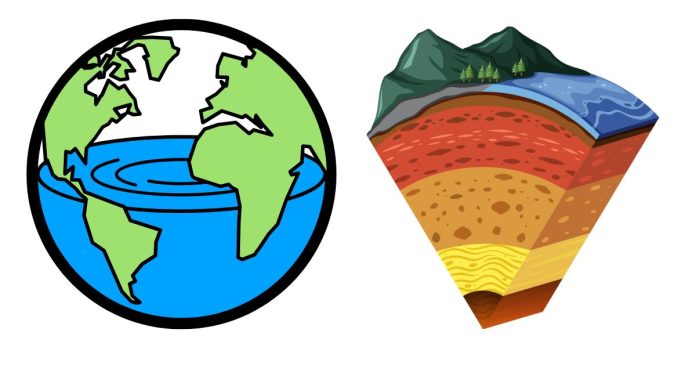Where is Most of Earth’s Water Found?
Water is one of Earth’s most essential resources, covering about 71% of the planet’s surface. But despite this vast expanse, most of Earth’s water is not found in the oceans that we typically associate with it. So, where exactly is most of Earth’s water located?
1. Oceans: The Vast Majority
The overwhelming majority of Earth’s water—about 97.5%—is found in the oceans. These saltwater bodies stretch across continents and are home to an incredibly diverse range of ecosystems. Oceans are the planet’s primary reservoir of water, playing a crucial role in regulating climate, weather patterns, and supporting life.
2. Ice Caps and Glaciers: The Frozen Majority
While the oceans hold the largest share, the polar ice caps and glaciers contain about 1.7% of Earth’s total water. These vast ice formations, primarily located in Antarctica and Greenland, store fresh water in the form of frozen ice. Although it’s not liquid and isn’t immediately accessible for consumption, this frozen water is still a critical part of the global water cycle. If all the ice in Antarctica were to melt, it could raise global sea levels by approximately 60 meters!
3. Groundwater: Hidden Beneath the Surface
Groundwater, or the water found beneath Earth’s surface in aquifers, holds about 0.76% of the planet’s total water. This is a significant amount, especially when you consider that it provides nearly 40% of the world’s drinking water. Groundwater also plays a key role in agriculture and industry, feeding wells, irrigation systems, and being a source for bottled water. The challenge with groundwater is that it’s not always easily replenished, especially in areas where water extraction outpaces the natural recharge rate.
4. Lakes and Rivers: The Freshwater Surface
Lakes, rivers, and streams account for a small fraction of Earth’s water—around 0.013%. While this percentage is tiny compared to oceans and glaciers, these water bodies are incredibly important for drinking water, agriculture, and recreation. The fresh, liquid nature of lakes and rivers makes them vital sources of water for human civilizations around the world.
5. Atmosphere: Water in the Air
The atmosphere contains a very small amount of Earth’s water, about 0.001%. Water vapor in the air plays a crucial role in the water cycle, contributing to rainfall and weather patterns. Despite its small percentage, atmospheric water is essential for life, replenishing surface water bodies through precipitation.
6. The Remaining Tiny Percentage
Other water sources, including water in soil, biosphere, and in living organisms, make up an even smaller fraction of Earth’s total water—less than 0.0001%.
Why Does This Matter?
Understanding where Earth’s water is located is important for managing water resources, especially as populations grow and demand for freshwater increases. While we have vast amounts of saltwater in the oceans, the availability of fresh, drinkable water is much more limited. By conserving and protecting our freshwater sources—whether they are groundwater, rivers, or glaciers—we ensure that future generations have access to the water they need to thrive.
In summary, while Earth may seem like a “water planet,” most of that water is not accessible or usable for direct human consumption. Oceans dominate, followed by ice caps, groundwater, and small quantities in rivers, lakes, and the atmosphere. Managing these resources wisely is key to ensuring a sustainable future.
Related posts:
- What does ringing in the ears mean spiritually?
- What Colors Do Blue and Green Make?
- How Long Does Raw Chicken Really Last in the Fridge?
- What are some amazing and memorable Valentine’s Day ideas that will leave a lasting impression?
- What is the definition of ‘friends with benefits?
- What is the difference between a bachelor’s and a degree?


